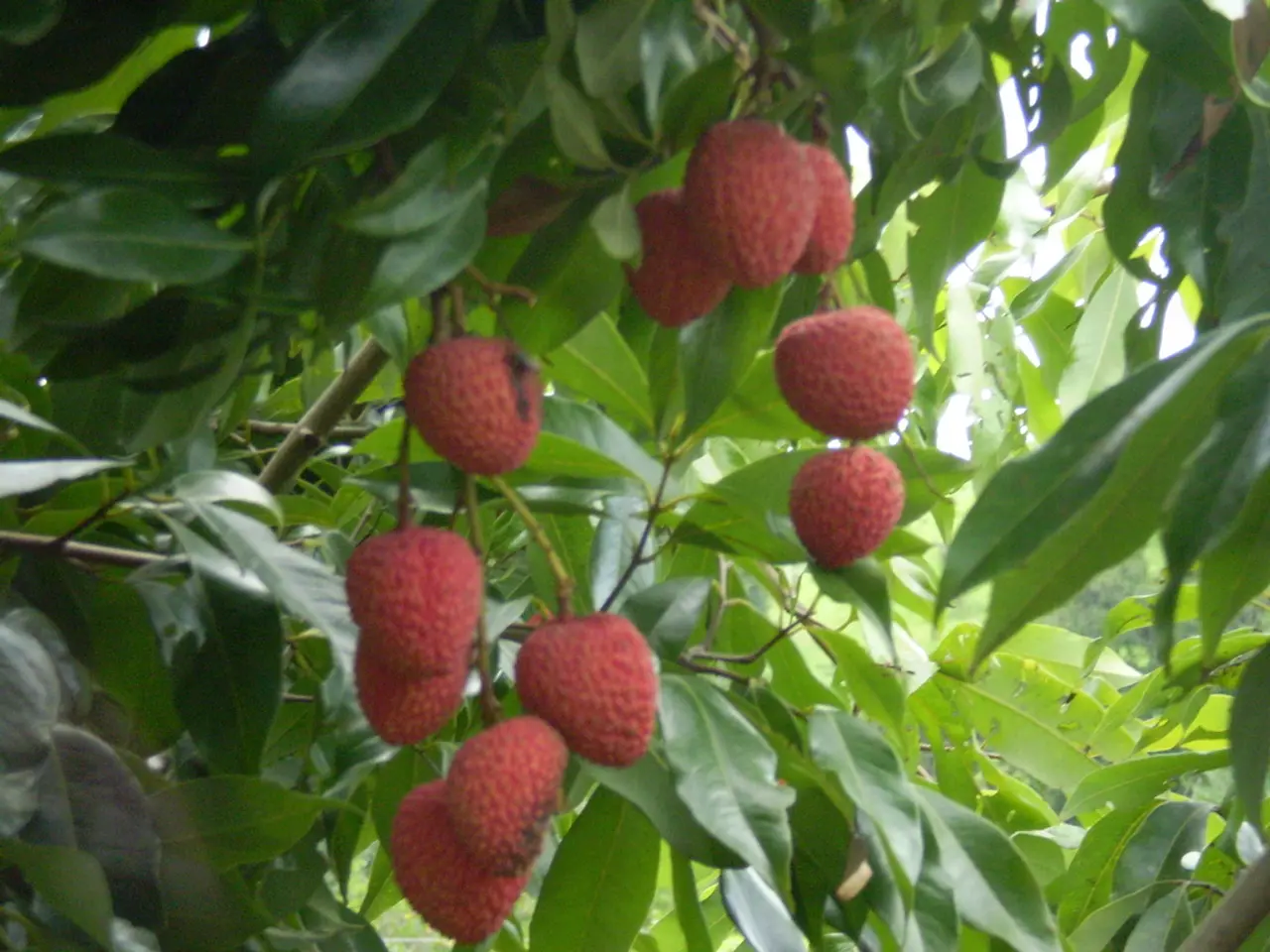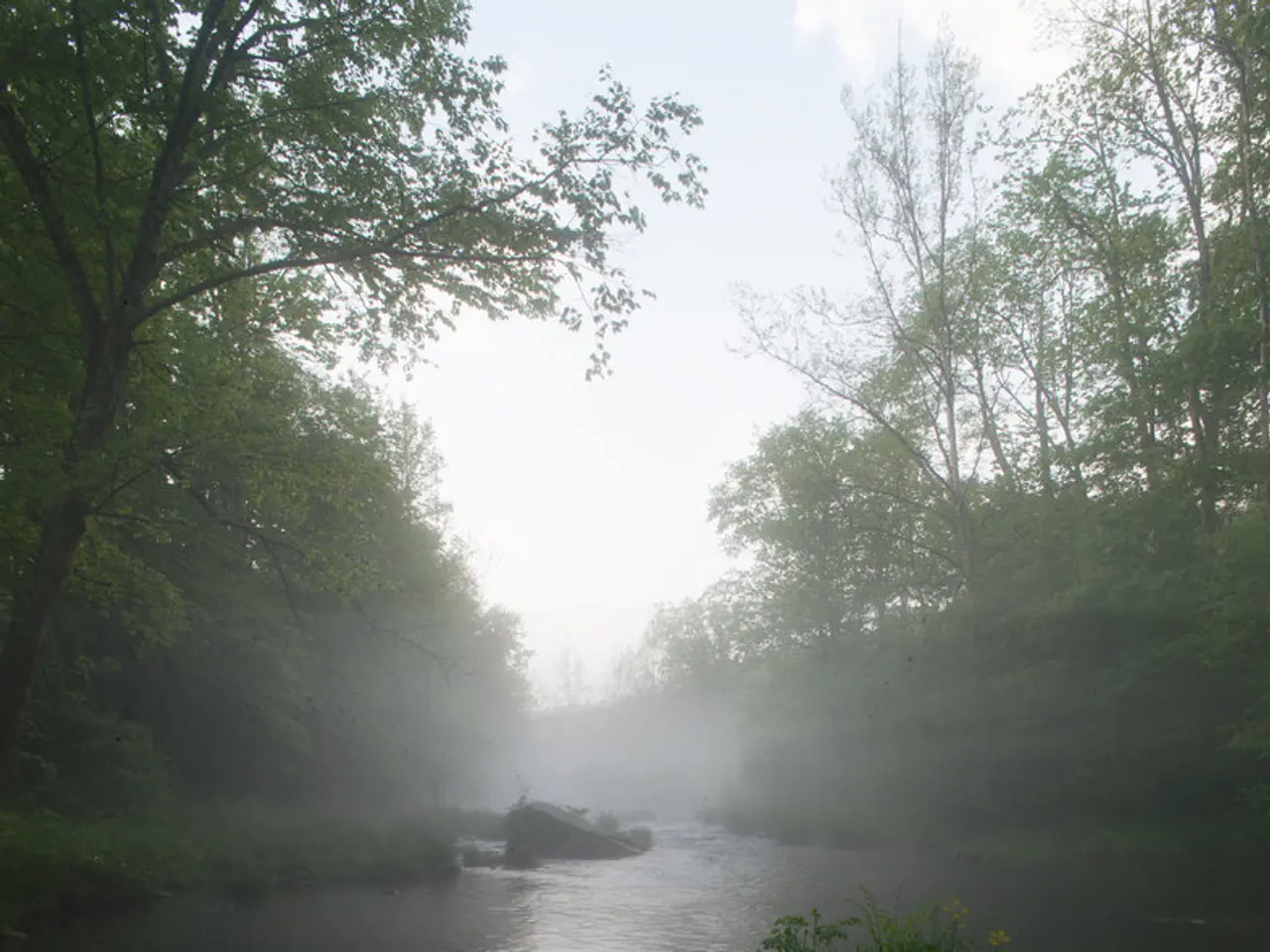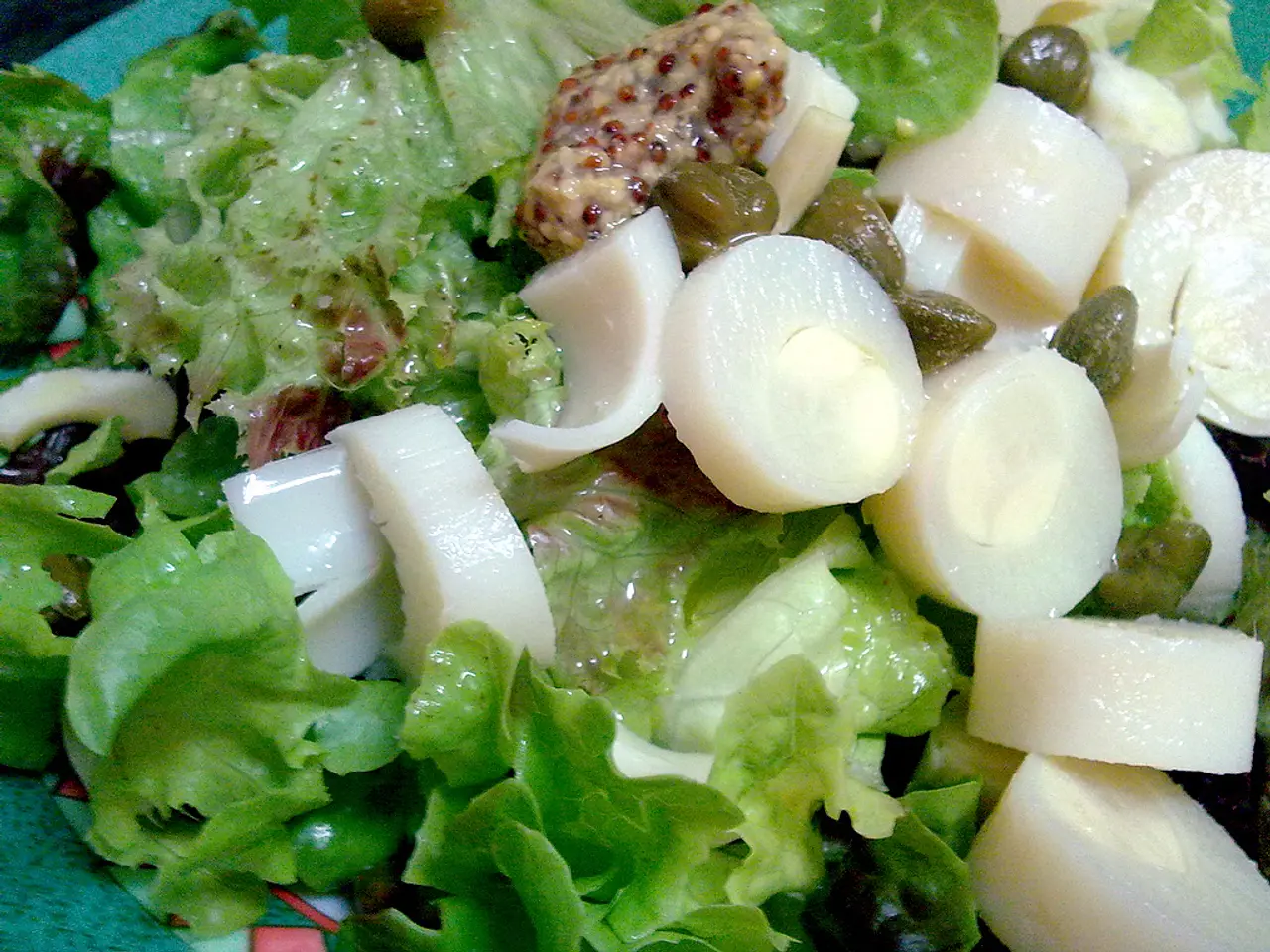Strategies for Bilingual Writing with Nature Journals that Inspire Awe:
Transforming Language Learning Through Nature
The outdoors becomes a dynamic classroom when combined with language learning, as nature journaling breathes life into mundane exercises. This unique approach links observation skills, bilingual writing, and a deepening bond with the natural world to create powerful connections between languages while fostering environmental awareness. We'll share six creative methods to help you build vocabulary organically, develop authentic writing skills, and create an unforgettable learning experience.
Seasonal Observation Pages in Two Languages
Craft seasonal pages in your journal to transform it into a bilingual learning powerhouse. Track nature's rhythm while effortlessly building vocabulary in both languages through consistent observation and documentation.
Document Daily Weather Patterns and Seasonal Changes
Recording the day's weather makes for authentic writing opportunities, using native weather terminology. Start every entry with temperature, precipitation, and sky conditions to naturally incorporate scientific observation skills and expand weather vocabulary such as "drizzle" compared to "llovizna," and "overcast" versus "nublado."
Monitor Plant Growth Cycles and Animal Behaviors
Selecting three local species to observe weekly provides compelling bilingual narratives. Note changes in appearance, behavior, or habitat use, recording bird migration patterns, leaf color changes, and flowering cycles with precision in both languages like "robins building nests" in English, followed by "petirrojos construyendo nidos" in Spanish.
Create simple charts for data collections like growth measurements, bloom dates, or animal sighting frequencies to naturally incorporate numbers, dates, and scientific vocabulary across both languages.
Compare Seasonal Vocabulary Across Languages
Build rich seasonal vocabulary lists to reveal the diverse ways different cultures express nature. Many languages have unique words for specific weather conditions, plant states, or animal behaviors. Create side-by-side columns to compare seasonal expressions between languages, like subtle rain variations or multiple words for snow conditions. Reinforce seasonal idioms and expressions from both cultures, such as "spring fever" or "como una hoja en el viento."
Develop Scientific Vocabulary Through Sketching and Drawing
Bring precision to observations and notice intricate details through sketching. Label drawings with bilingual anatomy terms, such as leaf/hoja, wing/ala, or root/raíz, to introduce technical vocabulary organically. Transform these sketches into field guide pages with scientific names, habitat descriptions, and behavioral notes in both languages to build accurate descriptions reflecting real-life specifications.
Practice Creative Writing with Nature-Inspired Prompts
Transform your nature journal into a lab for creative storytelling and poetic expression. Capture nature's rhythms using bilingual poetry like haikus comparing cloud formations or rainstorm sounds. Encourage free verse poems, short stories, or acrostic poems based on weather, sunrise patterns, or seasonal changes to expand descriptive vocabulary and emotional connections.
Document Cultural Connections to Nature
Explore the unique ways different cultures relate to the natural world to deepen cultural understanding and bilingual writing skills. Research traditional ecological knowledge, interview community elders, and document stories about families, plants, and animals in both languages to preserve cultural diversity.
Respect Ceremonies and Sacred Spaces
This approach allows you to learn about and engage with the rich cultural heritage surrounding nature while respecting every community's customs and sacred places.
Engage in Reflective Writing About Outdoor Experiences
Emotionally connect with nature through reflective writing exercises, focusing on personal responses to natural environments, emotional connections, and environmental changes over time. Reflect on conservation issues, responsibility, and solutions to develop critical thinking skills and complexity in your language use.
- By crafting seasonal pages in your journal in two languages, you can transform it into a bilingual learning powerhouse, effortlessly building vocabulary through consistent observation and documentation of nature's rhythm.
- Recording daily weather patterns and seasonal changes in a bilingual manner presents authentic writing opportunities, incorporating scientific observation skills and expanding weather vocabulary.
- Selecting three local species to observe weekly provides compelling bilingual narratives, helping you note changes in appearance, behavior, or habitat use, and record observations with precision in both languages.
- Engage in reflective writing about outdoor experiences to emotionally connect with nature, focusing on personal responses to natural environments, environmental changes, and conservation issues, as this helps develop critical thinking skills and complexity in your language use.




